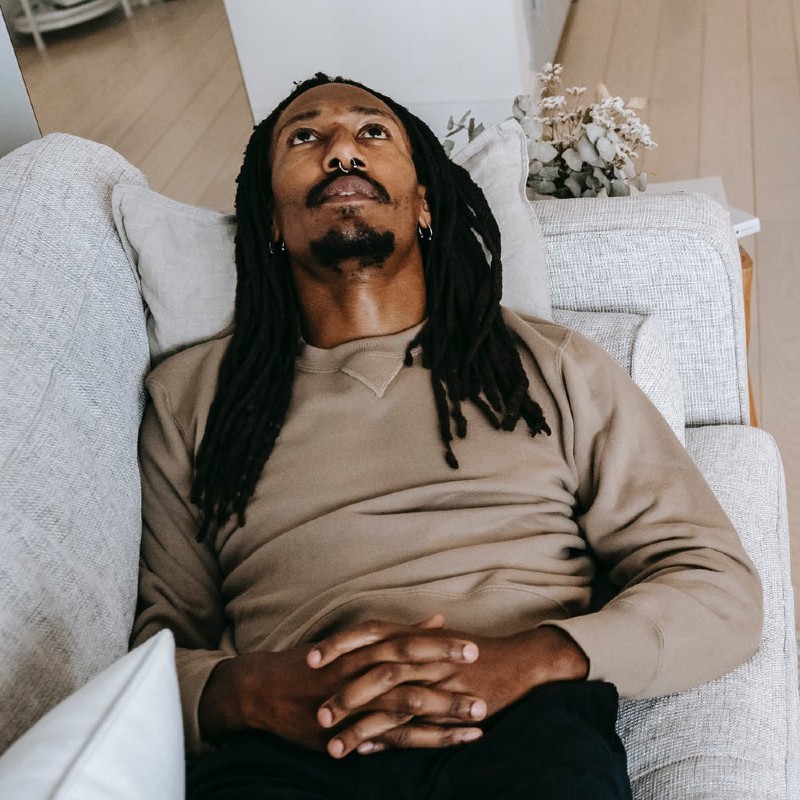By: Cindy Dawson

Pain is meant to protect us by alerting us to make necessary adjustments to alleviate or tend to a problem within our bodies. But sometimes chronic pain goes into overdrive, escalating to an unbearable eight or nine, even when there is not a specific, physical catalyst. Looking around at our physical issues and our environment is helpful to determine where the pain is coming from and what actions to take as far as treatment. But until we also deal with our emotions and stressors, we may not feel better even after we have physically healed.
First, let’s note that ALL PAIN IS REAL! That must be the underpinning of all our discussions about chronic pain. Being able to trust your own pain experience lends a feeling of having control of your health situation. No one can or should tell you that you are not in pain, whether it is physical or emotional pain that you feel in your body. That in itself can be calming emotionally. When you stop trying to prove how badly you hurt, it may lessen the grip that pain has on your life by depleting its power.
That being said…there are key emotions that can drive and increase chronic pain. In this article, I will look at those emotions closely and where they fit in relation to chronic pain. The key emotions that make the pain worse are fear, anxiety, anger, guilt, grief, and helplessness.
Think of a time when things did not go as planned during your routine day. Something or someone was interjected into your life that you did not expect, which created a bit of frustration. Frustration at things not going as planned can morph into anger very quickly. It’s natural to want to push away something that we don’t like but can’t avoid. Research has proven that emotions like these, however, can make our pain experience worse.
When pain increases to an eight or a nine, intense thoughts can carry us away, believing that we are destined for permanent, excruciating, intolerable pain, and incapacitation. Every emotion we feel is linked with other emotions, creating a cascade of feelings. When negative emotions are flowing, we actually have a physiological process that happens within the body, such as becoming tense and breathing shallowly, leading to increased pain. These physical responses can worsen our pain, for example, by increasing muscle tightness. This, in turn, worsens our stress and negative emotions, further worsening our pain and creating a vicious cycle.
Anger causes anxiety and anxiety contributes to anger. Guilt and shame blend together making it hard to distinguish which emotion is which and where it comes from. Just like depression and anxiety are the cousins of chronic pain, all the emotions–fear, anxiety, anger, guilt, grief, and helplessness–are closely related and often congregate together within our brain, creating additional pain through the body’s response to the negative emotional thought patterns.
Research has shown that exciting or disturbing feelings agitate and activate the same areas of our brain that light up when we feel chronic pain. One large component in gaining control of our pain is getting a handle on our emotional responses to frustrating situations.
The awesome news is that we can get these intense emotions out of the driver’s seat and gain back our control over our pain and our life. One way we can do this is to become more aware of our response to pain and to notice what emotions are coming up at that moment or right before.
Keeping a short-term pain journal to keep track of your pain, along with the emotions you are feeling during a day, can be beneficial to understanding how your emotions may be contributing to your pain. I do not recommend keeping a long-term pain journal only because it keeps us focused on the pain constantly, but keeping track of your pain and emotions for a week or so can open our eyes to the strong connection between pain and emotions.
With this knowledge, you can begin to address powerful emotions that are keeping you trapped in a life of living with unmanageable chronic pain. Then, you can begin to explore tools to manage your emotions, whether meditation, or talk therapy, or stress reduction. These tools do not necessarily replace traditional pain management, but they are vital components of comprehensively addressing pain.
Knowledge and awareness of the emotions and physical pain connection are powerful tools to have in your toolbox for the self-management of your pain.
About Cindy Dawson:

Cindy Dawson, CHWC, is a Certified Health and Wellness Coach, Certified Dragontree Life Coach, Certified Chronic Pain Support Group Leader through Pain Connection, chronic pain community advocate through the U.S. Pain Foundation, and pain warrior. With over 44 years of experience living with chronic pain, Cindy incorporates first-hand knowledge into her coaching sessions. She believes honoring your true self is paramount to healing and offers a lifeline to those living with chronic pain by helping them find their self-worth and self-trust in the midst of living with chronic pain. To learn more about Cindy and pain coaching, visit www.chronicpainlifecoaching.com or to book a free 20-minute consultation.
